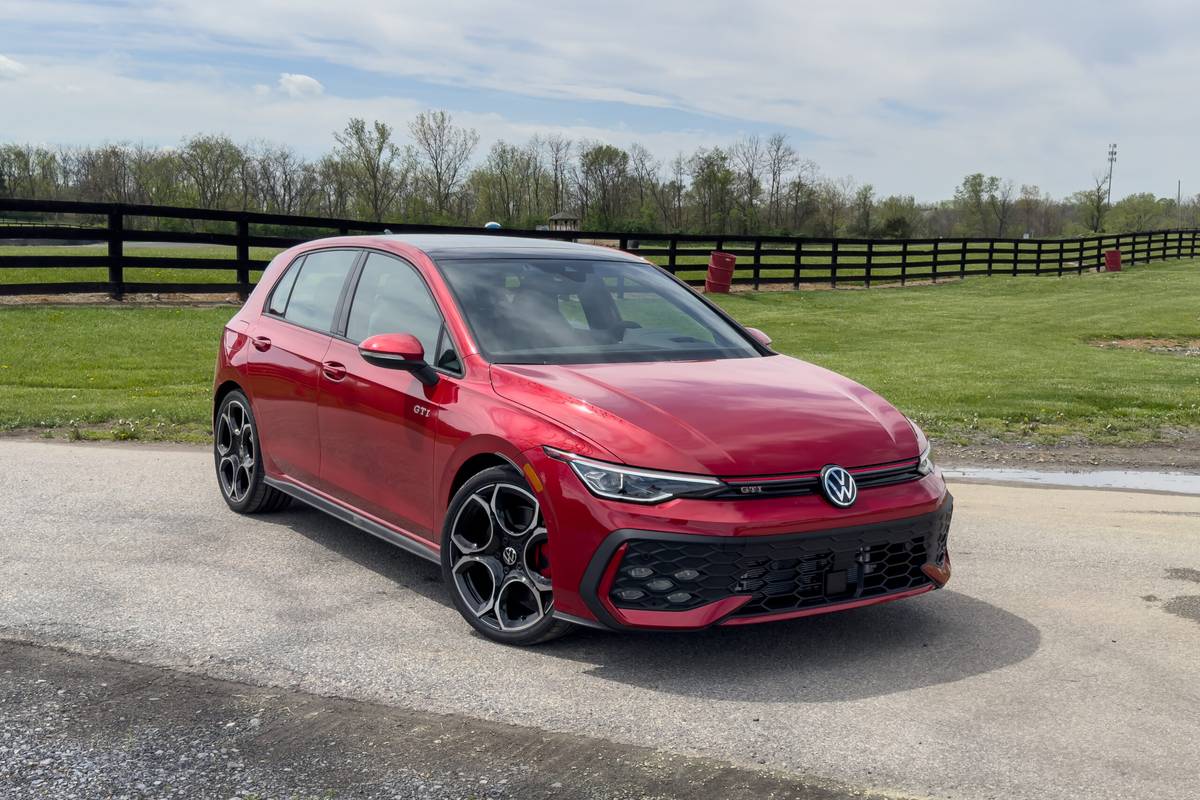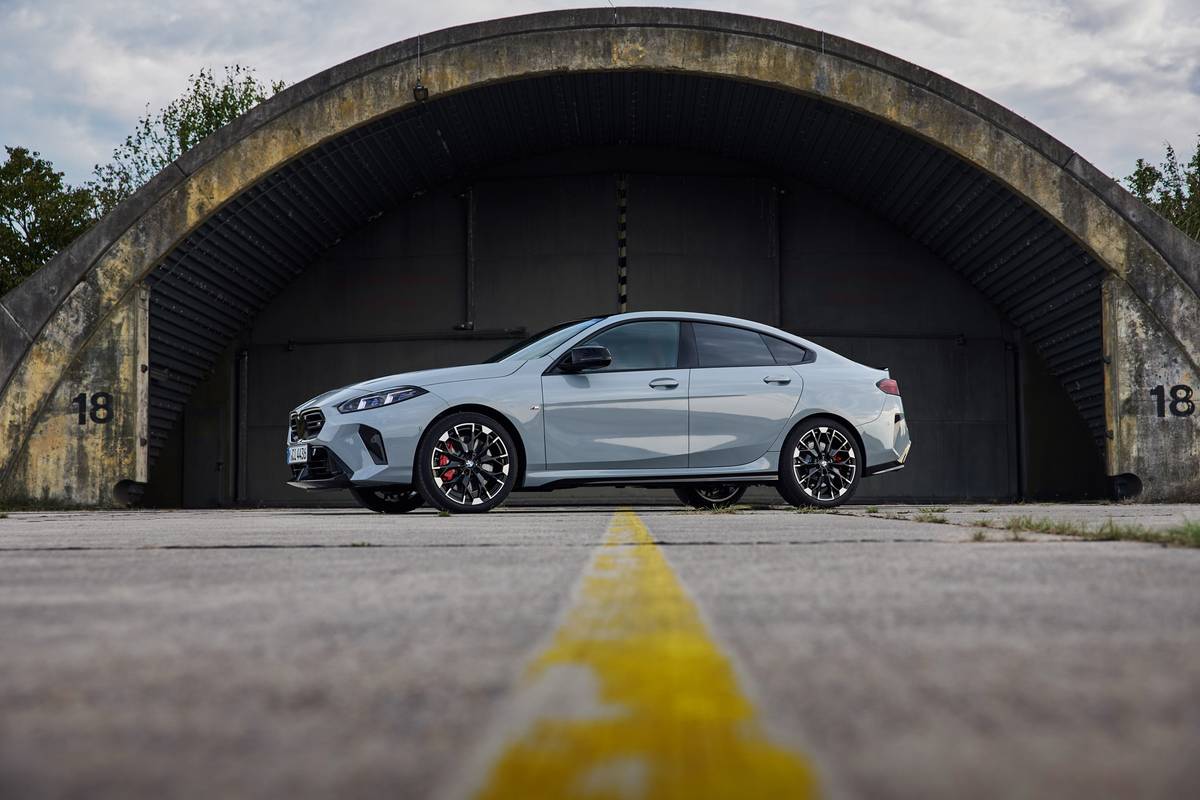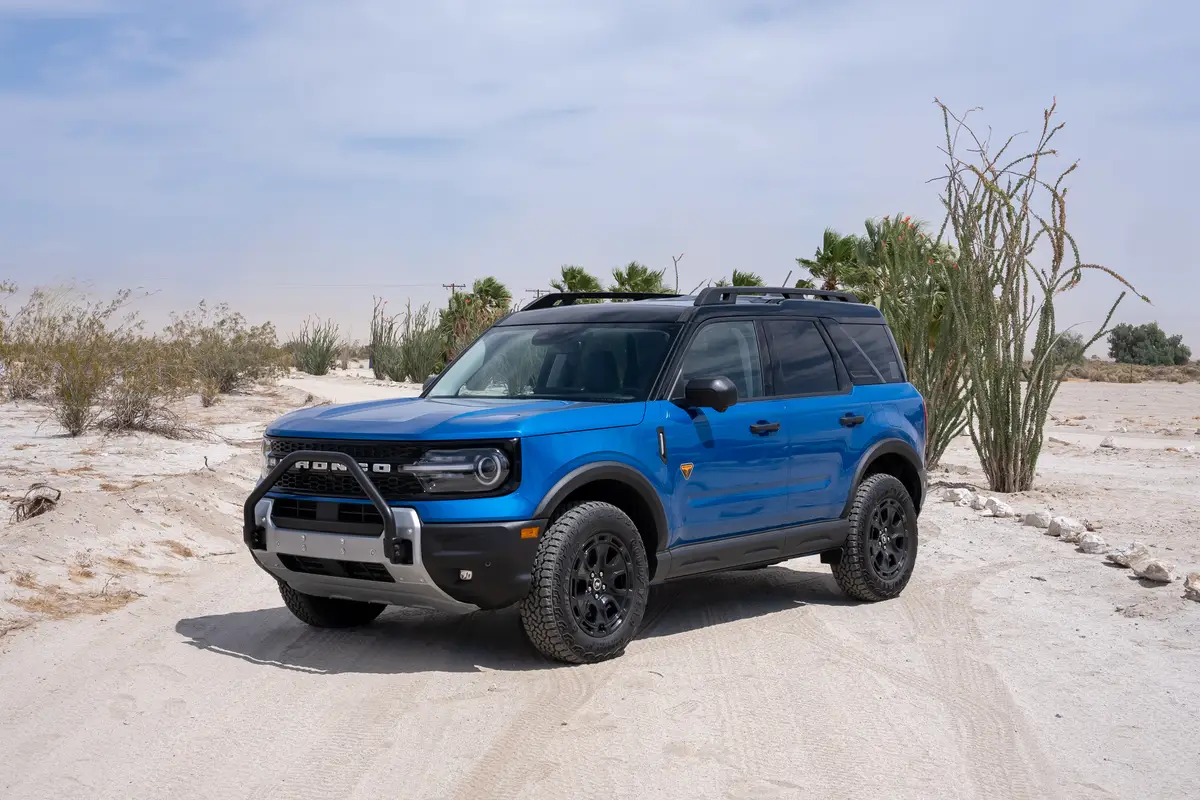Boston.com's view
To every person who bought a Porsche Cayenne in the last seven years, I’ve got two words for you: 911 Carrera.
For the same money, Cayenne owners could have bought Porsche’s iconic 911 sports car, which can be ordered with all-wheel-drive and more than 500 horsepower. Instead, they chose top-heavy, nondescript boxes to hop curbs in shopping malls.
Since its 2003 debut, the Cayenne has lived up to its billing as a fast, surprisingly tough SUV. As a Porsche, it’s been less successful.
First-generation Cayennes were barely disguised from the Volkswagen Touareg, a cheaper SUV that lent Porsche its basic structure, drab interior, and anemic V-6. To Porsche purists, the biggest blow came from seeing the company’s infamous “turbo” nameplate slapped on a two-and-a-half-ton truck.
But for the last seven years, Porsche has sold nearly 90,000 of them in the US and more than a quarter million worldwide, a tremendous number for a small automaker in such short time.
Indeed, with the arrival of this second-generation model, Porsche sold 775 Cayennes in the US during August, more than the Boxster, Cayman, and 911 sports cars combined. The new Panamera sedan was only four units shy of outselling those three hardcore two-seaters.
After breaking in a brand-new 2011 Cayenne Turbo for a week, I finally see why. It’s now built like a Porsche.
Our $117,610 example, wearing silver metallic paint and two-tone 21-inch wheels (park carefully, they’re $1,000 each), looked incredible. Where the 2008 refresh tried smoothing the Cayenne’s square-jawed body with a new grill, the 2011 model is all curves. The bulged hood slopes down to meet a rising skid plate, which looks particularly flattering in stainless steel.
The three giant air intakes, bent into trapezoids, make the front end flush with the body, as opposed to the old model’s bolt-on look. Long, thin LED turn signals on the outer intakes match the Gatling gun LEDs around the headlamps, which serve as the Cayenne’s daytime running lamps. (At night, the Porsche’s crisp xenon bulbs stretch so far they should be called daytime running lamps).
The only disappointing part is the rear, which is handsome enough but had me thinking “Lexus RX” when I first spotted it in the lot. It’s the crossover effect — more car, less truck. So much less that Porsche removed the two-speed transfer case, a staple for serious off-roaders (not to worry, the center and rear differentials still lock). Together with aluminum doors and lighter wheels, the new Cayenne weighs 408 pounds less than the previous model.
It also burns less fuel, jumping from 12 mpg city and 19 mpg highway to 15 mpg and 22 mpg, respectively. Over 360 miles, two-thirds on the highway, I averaged 18 mpg. Credit must go to the new 8-speed automatic, which keeps the twin-turbo, 4.8-liter V-8 at low revs. The Cayenne’s start-stop function, activated by pressing one of dozens of switches on the center console, shuts the engine off at stoplights and quickly restarts it when the brake is released.
By default, Porsche leaves this feature off on the Cayenne because it puts excess wear on the starter motor (and in stop-and-go traffic, igniting that big motor likely wastes more fuel than it saves). A real hybrid is coming this fall, which will allow a 97-mph cruise on an electric motor.
Watching the Cayenne’s speed, however, is useless. The small speedometer, off to the left and labeled in increments of 25, is but a vanity among a beautiful 5-gauge cluster, a traditional 911 feature new to the Cayenne. There’s a digital readout within the tachometer, and it’s fun to floor the gas and watch the numbers trip over themselves: 22, 45, 1-0-what?
It’s scary how hard this SUV launches to triple-digit speeds. Porsche claims a 0-to-60 time of 4.4 seconds, quicker than nearly every sports car the company makes. But don’t try the steering wheel paddles, which, like BMW, both use a confusing push-pull action instead of the simple left-to-downshift, right-to-upshift motion. There are so many ratios that by the time you tap third, you’ve already tapped the car in front.
The thick, heated three-spoke steering wheel is also off the 911, and the on-center feel — the degree to which you can turn the wheel before the car starts turning — is nearly as accurate and quick as a Boxster’s. Weighting is appropriate for the Cayenne’s huge mass, and road surfaces and quick elevation changes travel unfiltered to your palms. Throw the Cayenne into a turn, and it sticks and yanks itself out of apexes while the heavily-bolstered seats lock you in.
That’s the Cayenne’s biggest problem. A supercharged Range Rover Sport packs 510 horsepower, 10 more than the Cayenne, but never pretends to be a sports car. The Rover’s steering is slow, the body leans noticeably, and it weighs a ton more.
But the Cayenne, especially with the air suspension lowered and a trick rear differential that can apply the brake to a slipping wheel, makes you believe it is. You feel like you can tear into a corner at double the speed limit, but there are rollover warnings on the sun visor.
In normal driving, the Cayenne Turbo excels as a luxury car, save for some hard suspension crashes when those oversize rims meet underdeveloped roads. The interior is impeccable: brushed aluminum, suede-like Alcantara, and smooth leather cover nearly every surface. The optional Burmester stereo, accessed through a high-resolution LCD monitor, is a beast.
And there’s a sound reason to having 45 buttons, six rocker switches, and two dials cram the dash and angled center stack. It’s easier to adjust the A/C, ride height, and other essentials with physical inputs rather than wading through a touch-screen.
The round LCD “gauge” to the right of the tach has to be the industry’s best driver display. You can make calls, get traffic info on a zooming map, and find out if Lil’ Wayne is playing on yet another remix, all with two steering wheel controls. After a friend who studied German helped me switch languages, it was clear and safe to operate on the move.
Certain features, like a backup camera and keyless entry with push-button start, were strangely absent on my tester. I would have also expected a panoramic sunroof and lane departure warning on a six-figure SUV, but they’re all part of a $5,320 premium package.
Which doesn’t matter, because nothing competes with a Cayenne Turbo. Other fast SUVs like the BMW X5 M accelerate and handle with similar brutality, but they still feel like SUVs. The Cayenne doesn’t, yet it can tow the equivalent of two 911 Turbos.
I’ll never understand this thing — if it were 1,500 pounds less and a couple inches lower, I would. But now I have three words for Cayenne owners: Get the 2011.
Latest news



